Beer Damper
has been an all time favourite way to make damper. The frothy beer not only adds flavour and a fluffier texture to the damper but overall tastes great.
jump to recipe
Beer gives damper a malty taste that really compliments the simple ingredients of the recipe. There is no yeast added in a damper recipe. The carbonation of the beer can act as a leavening agent, this is what makes the texture of the damper lighter and fluffier. Also, the sugars in the beer provide food for the yeast that promotes fermentation and can help with the rising process.
Interestingly the sugars also slightly caramelize during baking which gives a lovely golden crust. Overall adding beer is a delicious variation to the traditional stockman’s recipe, I really think that they would approve. I often add a scant teaspoon of milled lemon myrtle. Using any of your favourite Australian native herbs just add that unique flavour of the bush.
History of Damper
Damper goes back to the early days of settlement in Australia. It was a staple for stockmen and the early pioneers sustaining them as they travelled through the remote Australian outback.
Damper requires minimal ingredients and equipment which made it quick and easy to prepare over open fires or in camp ovens.
Damper Ingredients
The traditional recipe for this rustic bread was flour, water and a pinch of salt. The mixture was mixed with a knife, shaped into a round loaf and cooked over the campfire. The name “damper” originated from the term “damping down” the fire. The hot coals were flattened to create an even surface for the damper and also the camp ovens to settle on the coals.
The damper dough could also be wrapped around a stick and cooked over an open fire. It wasn’t uncommon for it then to be covered in treacle for a beautiful warm desert. This is such a fun way to enjoy damper when you’re out camping.
Traditional Cooking
Damper was a practical recipe that filled up and nourished early Australian pioneers. It is still much loved by chefs and home cooks and is so much a part of outback cooking being culturally significant, symbolising resilience and being resourceful in a remote area. This beautiful bread has been passed down by generations and is an important connection to the heritage of the outback.
Camp Oven
A camp oven in an iron pot with a lid. They come in many sizes. When using an iron pot as a Camp Oven, sprinkle the bottom with flour, let it get a bit hot to just add a slight colour to the flour, add the damper dough. Put the lid back on and add some hot coals to the top of the lid. That’s the Camp Oven.
Stockman’s Traditional Damper
I’ve added the traditional recipe here in my blog, but jump to the Recipes for more Damper options
3 cups self-raising flour
1 teaspoon salt
1 cup of water or milk
Preheat oven to 200C 180C fan forced
Mix together flour and salt.
Make a well in the centre of the flour and gradually mix in the water or milk using a knife. I often use a bread and butter knife.
Mix and cut into the dough until smooth, it starts to come together as one lump, add a tad more milk or water if it appears too dry. This can vary according to the outside humidity.
Shape into a round loaf and flatten a bit
Put on baking tray lined with baking paper, score the top in a cross, cook for approx 30 min
The damper will be cooked when golden brown and hollow on the bottom when tapped
Enjoy with butter, jam or whatever you want.
Get creative with this recipe
There’s so many different ways to make this simple recipe. Adding approx 75g of butter, rubbed into the flour can give a moister damper.
Using Beer, lemonade or even coconut cream is another great way to experiment with damper. Adding dried fruits, a nice combo is lemon myrtle with dried apricots and using coconut cream in the recipe is amazing. Australian native herbs such as lemon myrtle, wattleseed, bush tomato and native peppers can really produce some great results and is a fun way to get creative and make the damper to suit you.
Damper today
This delicious and easy to prepare bread continues to be a favourite in our culinary culture of today. Often the traditional recipe is changed a tad and ingredients like herbs, particularly Australian native herbs like lemon myrtle, dried fruits and cheeses are added to create interesting variations. I’ve also made Beer Damper, which tastes amazing…recipe to follow…
Cheesy Herb Damper
jump to recipe
This is simply a really yummy way to serve damper
Is it a fallacy that a knife adds air?
For the stockmen and early pioneers using a knife to mix the damper was a practical and convenient way. This meant less utenstils and a knife is really easy to clean, probably outback it mean a quick wipe!! But say that cutting thru the damper with knife does add air to the damper.
The folding and chopping action creates pockets of air in the dough. This technique is similar to cutting butter into the flour when making pastry where the goal is to create a crumbly texture with pockets of fat that will result in a flaky pastry.
Quick and Easy Recipes
The recipes I have provided here are from the original recipe, so much can be done to this recipe. You can cook and enjoy your damper in so many ways. Just add your own flavours and mix in. This is such a fun recipe to work with children. Give them a touch of the outback with the traditiona that is uniquely Australian.



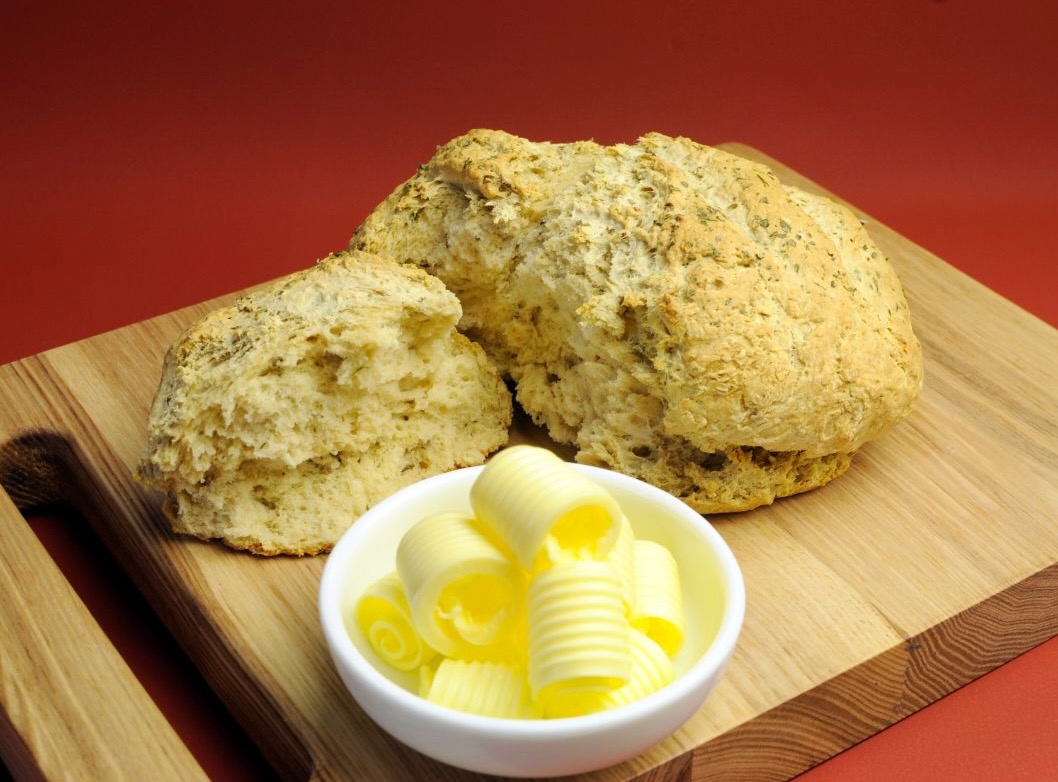
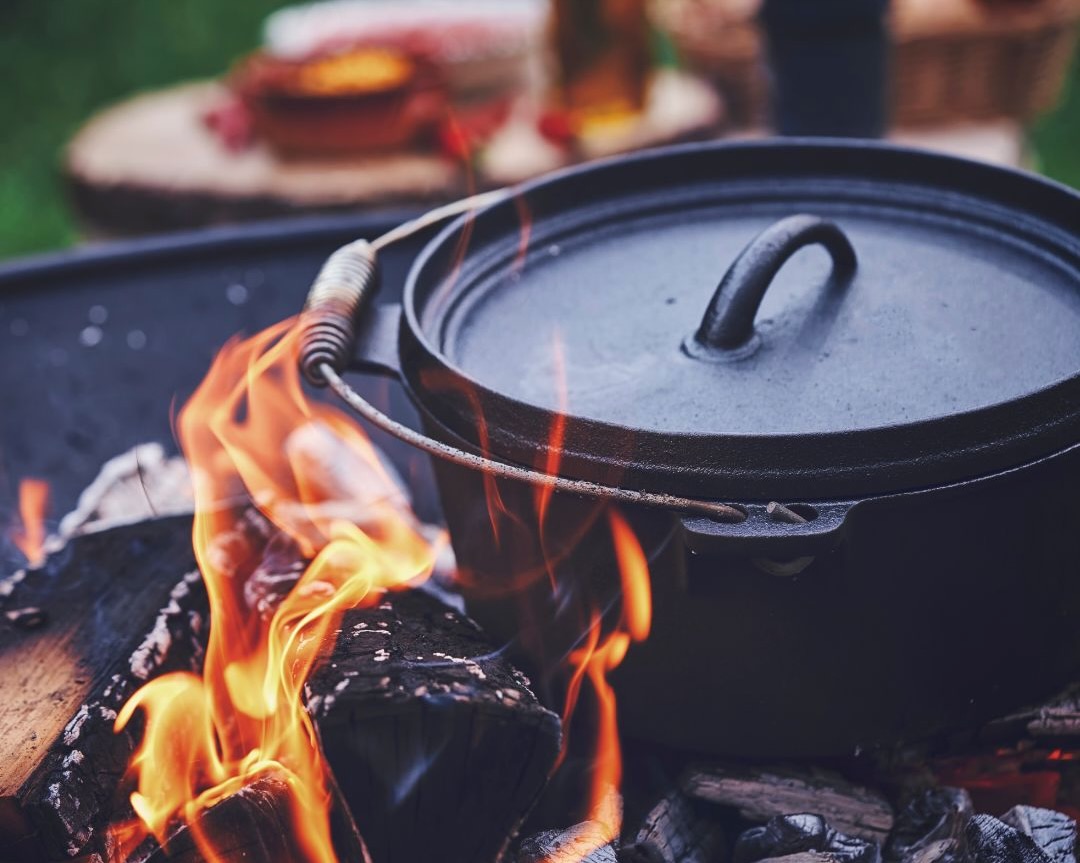
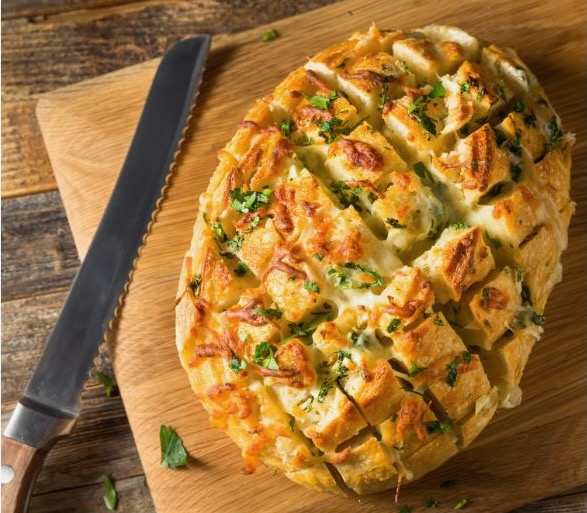
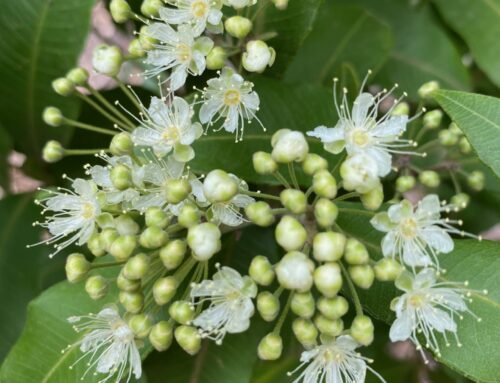
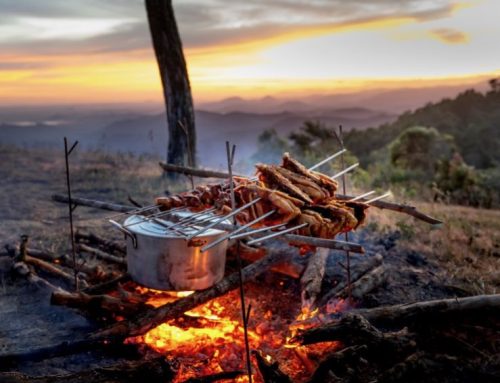

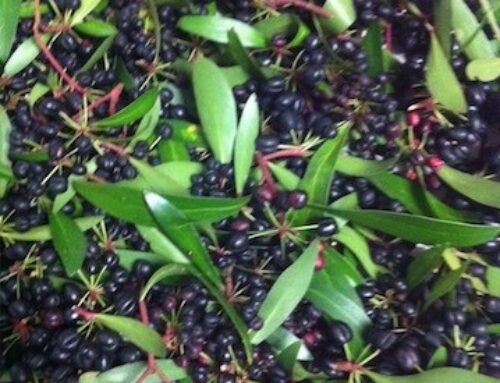
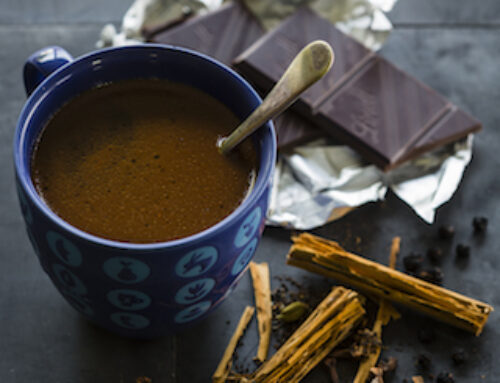
Love this damper. I’ve been making your beer damper for years, it never fails.
Great to hear James, its such a fun and easy recipe